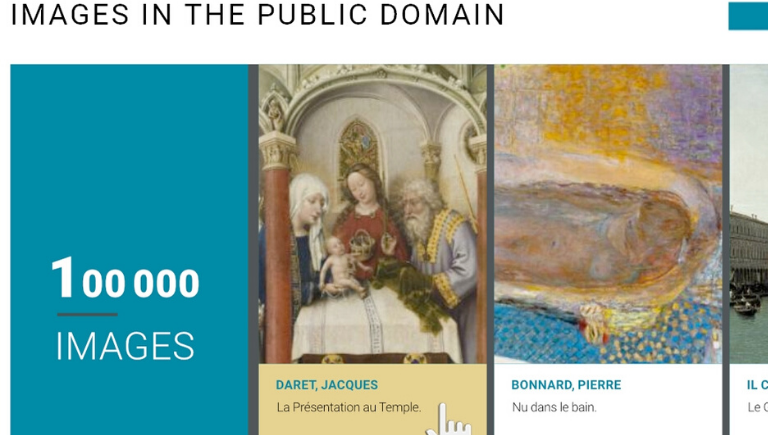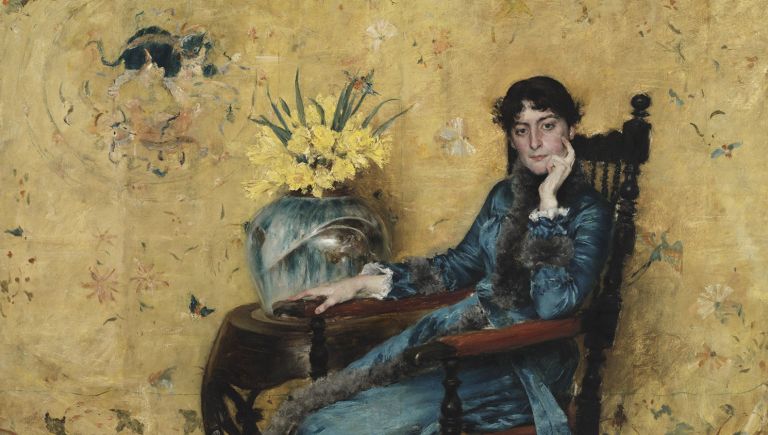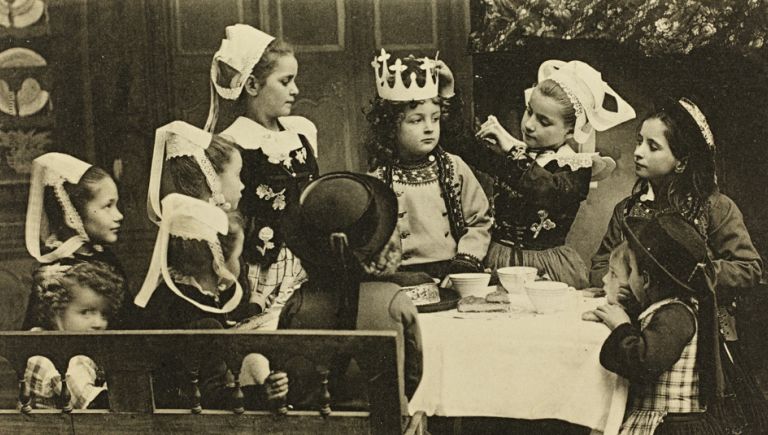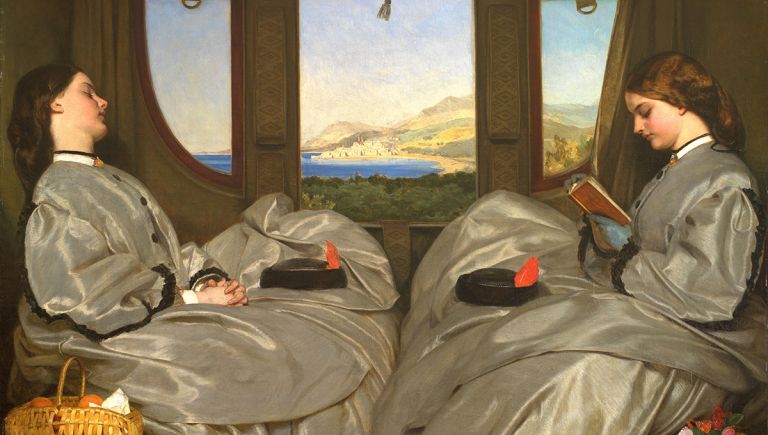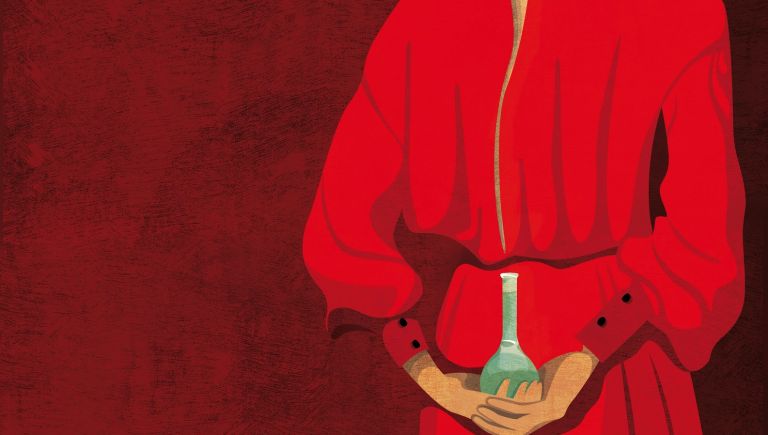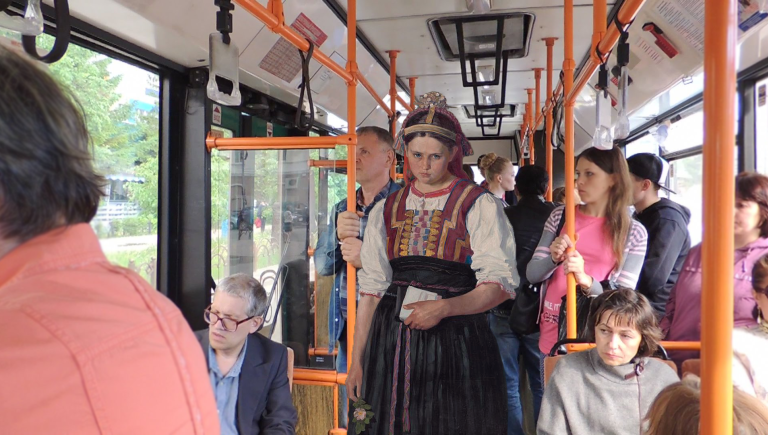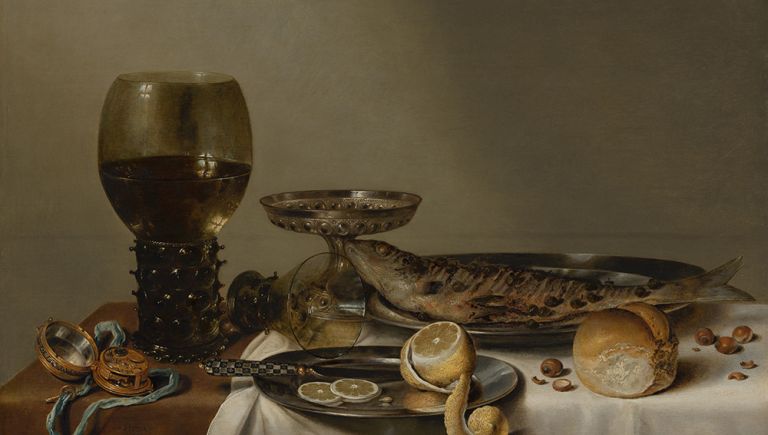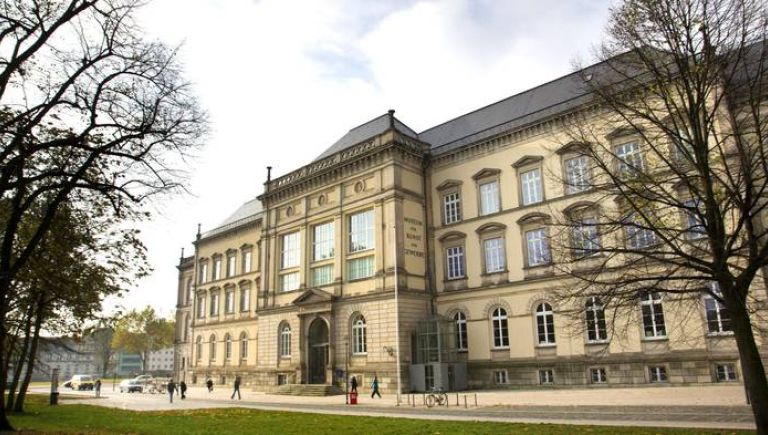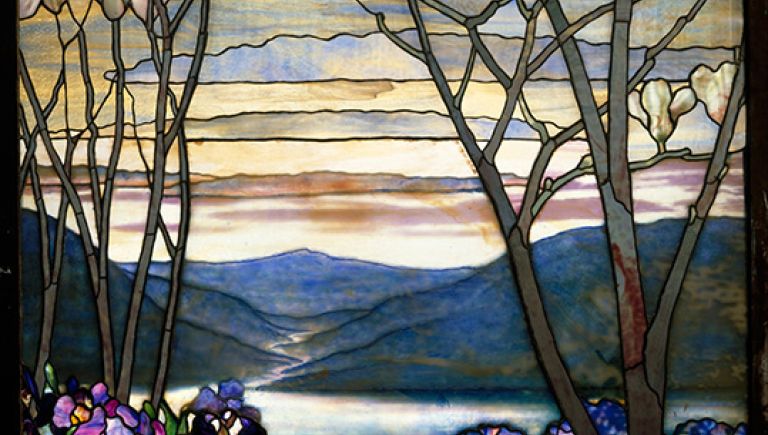Open and reusable digital cultural heritage
Cultural heritage institutions can support use of their digital collections by making them available under open licenses and rights statements that allow other individuals to copy, redistribute and reuse another creator’s work. This page explains how and why Europeana encourages you to open up collections for reuse.

